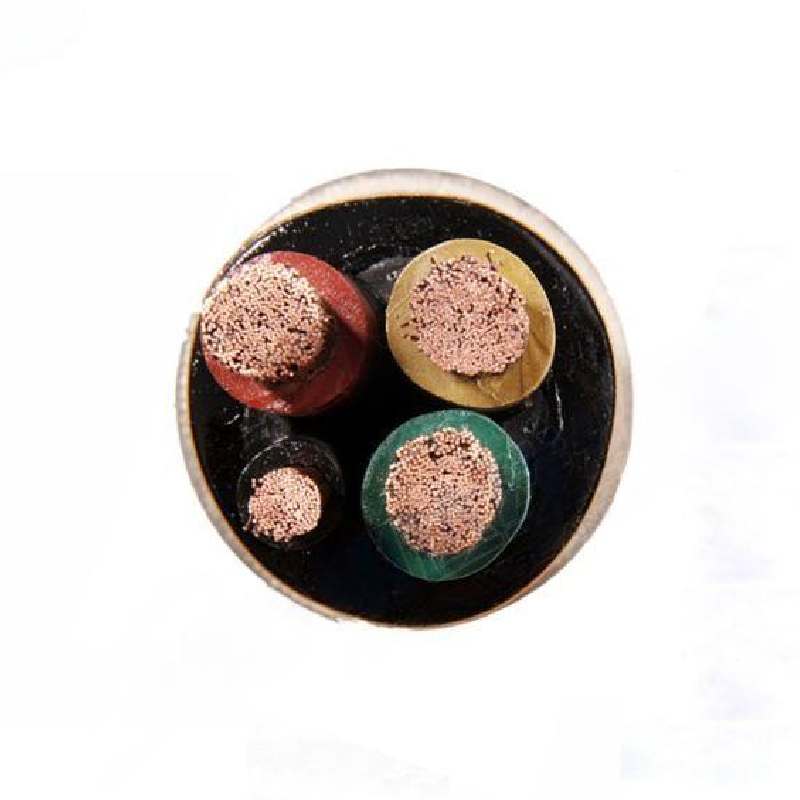10 月 . 12, 2024 17:54 Back to list
Pneumatically Operated Knife Gate Valve for Efficient Flow Control Solutions
Understanding Pneumatic Knife Gate Valves A Comprehensive Overview
Pneumatic knife gate valves have gained significant attention in various industries due to their efficiency and reliability in controlling the flow of materials, particularly in applications involving slurries, powders, and other solid materials. The knife gate valve design, combined with pneumatic operation, offers distinct advantages that make them a preferred choice for many industrial applications.
What is a Knife Gate Valve?
A knife gate valve is a type of valve that is designed for on/off flow control. Its name is derived from its sharp, knife-like blade which cuts through the material, ensuring a tight seal when closed. The design typically consists of a flat or tapered gate that slides vertically within the valve body, allowing for minimal interference with the flow when open. This design is particularly beneficial in applications where media contains suspended solids, as it helps prevent clogging and ensures a smooth passage of materials.
Pneumatic Operation Advantages and Mechanisms
Pneumatic knife gate valves utilize compressed air to actuate the valve's opening and closing mechanism. The primary advantage of pneumatic operation is speed and efficiency. Compressed air can be precisely controlled and delivered quickly, allowing for rapid response times in operations that require frequent adjustments to flow control. Additionally, pneumatic systems often require less energy compared to electric actuators, making them cost-effective for continuous operation.
The mechanism is typically composed of a pneumatic actuator connected to the valve body. When air pressure is applied, the actuator drives the gate up or down, enabling the flow or blocking it entirely. This seamless operation is essential in continuous processing plants, waste treatment facilities, and other settings where downtime must be minimized.
Applications of Pneumatic Knife Gate Valves
Pneumatic knife gate valves find widespread use across various industries, including
1. Mining and Minerals Processing They are often utilized in applications that include handling ore slurry, tailings, and other materials where solid particles are suspended in liquid. Their ability to slice through thick slurries makes them ideal for this environment, minimizing wear and maintenance.
knife gate valve pneumatic

2. Water and Wastewater Treatment In wastewater management, these valves play a crucial role in controlling the flow of influents and effluents, ensuring proper treatment processes. Their robust design allows them to handle corrosive materials and solid waste without failure.
3. Food and Beverage Industry Electrical and pneumatic knife gate valves are essential in managing the flow of bulk materials, such as grains, powders, and other solids throughout processing lines, ensuring compliance with hygiene standards while maintaining operational efficiency.
4. Power Generation In power plants, especially those utilizing coal or biomass, knife gate valves help manage the flow of bulk materials and provide effective isolation during maintenance.
Benefits of Using Pneumatic Knife Gate Valves
1. Sealing Performance The blade design provides an effective seal that minimizes leakage, vital for operations involving aggressive or hazardous materials.
2. Durability Built with robust materials, these valves can withstand harsh environments, abrasive materials, and high operational pressures, resulting in longer service life and reduced maintenance costs.
3. Ease of Maintenance Pneumatic systems often require minimal upkeep, and the straightforward design allows for easy access to components needing servicing.
4. Safety Pneumatic systems are generally safer in explosive environments compared to electrical systems. The absence of electrical components mitigates risks associated with sparks or short circuits.
Conclusion
Pneumatic knife gate valves represent a critical innovation in industrial valve technology, offering a potent combination of efficiency, reliability, and performance. Their unique design is tailored to handle challenging materials, making them an indispensable component in numerous industries. As technology evolves, we can expect further advancements in pneumatic systems, enhancing the functionality, automation, and overall performance of knife gate valves. For any organization looking to optimize their fluid control processes, investing in pneumatic knife gate valves is a step toward achieving greater reliability and operational excellence.
Share
-
Understanding the Differences Between Wafer Type Butterfly Valve and Lugged Butterfly ValveNewsOct.25,2024
-
The Efficiency of Wafer Type Butterfly Valve and Lugged Butterfly ValveNewsOct.25,2024
-
The Ultimate Guide to Industrial Swing Check Valve: Performance, Installation, and MaintenanceNewsOct.25,2024
-
Superior Performance with Industrial Swing Check Valve: The Essential Valve for Any SystemNewsOct.25,2024
-
Industrial Swing Check Valve: The Ideal Solution for Flow ControlNewsOct.25,2024
-
You Need to Know About Industrial Swing Check Valve: Functionality, Scope, and PerformanceNewsOct.25,2024